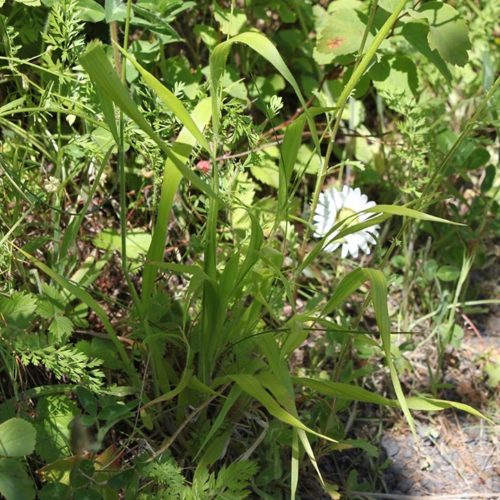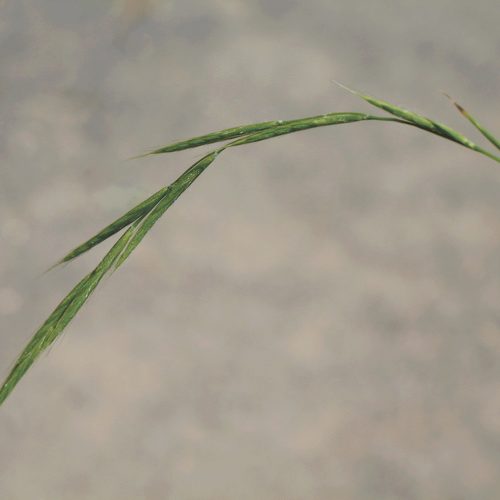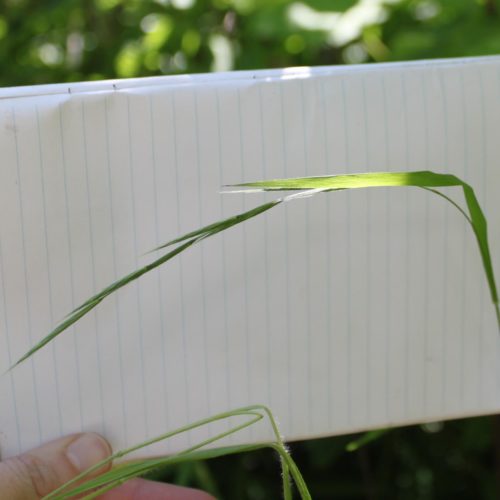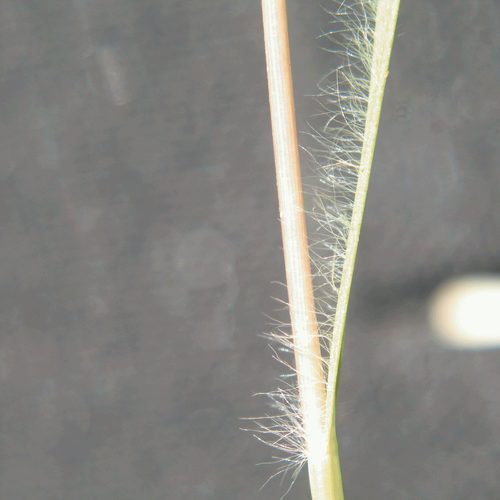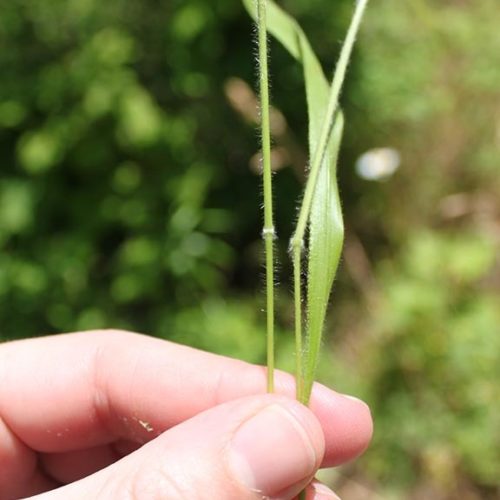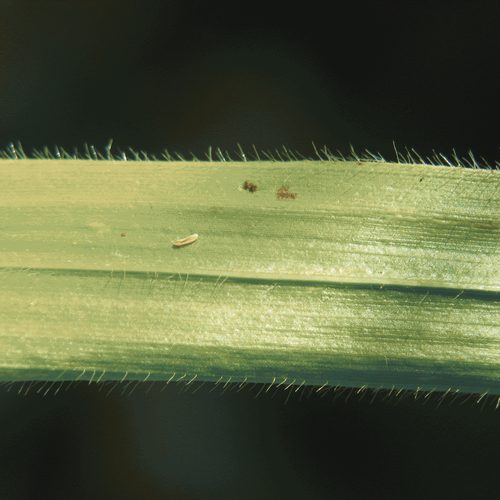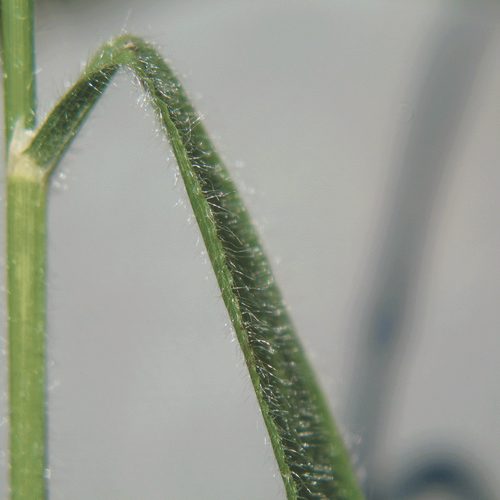False Brome
Brachypodium sylvaticum
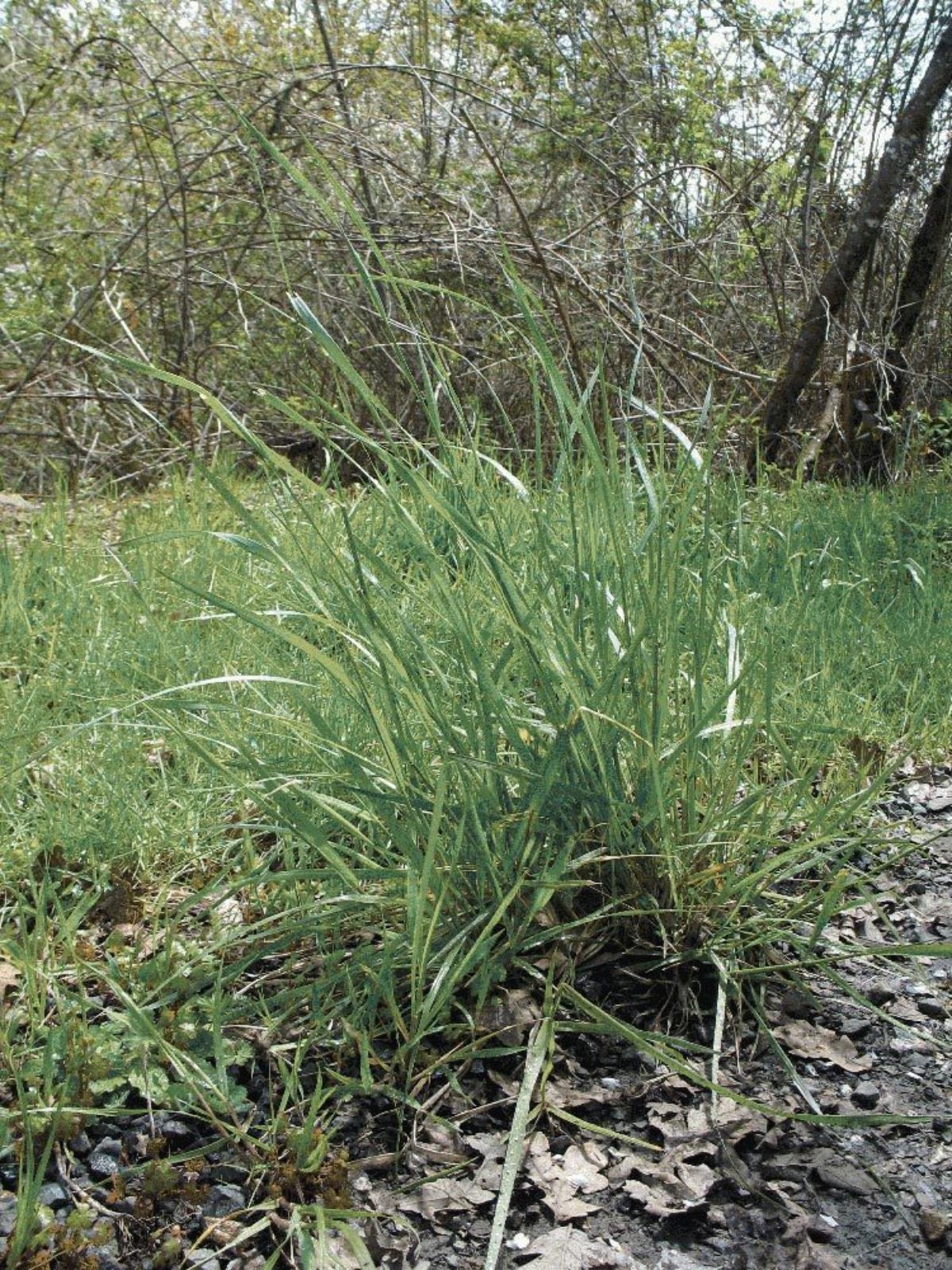
Family: Poaceae
Other Common Names: false brome, slender false brome, wood false-brome
Weed class: A
Year Listed: 2009
Native to: Pakistan, Europe, temperate regions of Asia, mountainous regions of tropical Asia, Northern Africa and Macronesia
Is this Weed Toxic?:
not known to be
Legal listings:
This plant is also on the Washington State quarantine list. It is prohibited to transport, buy, sell, offer for sale, or distribute plants or plant parts of quarantined species into or within the state of Washington or to sell, offer for sale, or distribute seed packets of seed, flower seed blends, or wildflower mixes of quarantined species into or within the state of Washington. Please see WAC 16-752 for more information on the quarantine list. For questions about the quarantine list, contact the Washington State Department of Agriculture's Plant Services Program at (360) 902-1874 or email PlantServices@agr.wa.gov.
Why Is It a Noxious Weed?
It is a fast-spreading, invasive grass that displaces native flora. It can form dense, monotypic colonies in both forest understories and open woodlands. It is rapidly expanding in Oregon and is capable of expanding quickly into Washington.
How would I identify it?
General Description
It is a perennial, loosely tufted grass with upright stems. Hairs on leaves, leaf sheaths and nodes are noticeable but variable. Plants often have a distinctive lime-green coloration that persists much of the year.
Flower Description
Flowers grouped in somewhat upright to nodding, narrow spikes (racemes). Variable hairiness is present through the flowers. They typically have little to no stalk connecting them to the main stem. Flowers bloom and form seed generally June to September.
Leaf description
Leaf sheaths are not fused and are typically covered with spreading hairs (though sometimes hairless). Leaf blades are flat and reflexed, appearing arched or nodding and are up to 14 inches long. They are sparsely covered by long, soft hairs.
Stem description
Upright stems grow to about 2 feet tall with hairs at the nodes and variably along the stems.
Fruit Seed Description
Seed structures (called a caryopsis, a typical achene-like fruit of grasses) are hairy at the tip.
Where does it grow?
It can grow in a variety of habitats including forests, forest edges, woodlands, riparian areas, prairies and roadsides. Please click here to see a county level distribution map of false brome in Washington.
How Does it Reproduce?
False brome reproduces by seed.
How Do I Control It?
General Control Strategy
Because its seeds may be carried via footwear or hiking gear, precautions should be taken to prevent dispersal from infested sites.
Mechanical Control
Mowing for multiple years to exhaust the seed bank and mowing as a pre-treatment to herbicide application can be effective at helping to control false brome. Small patches can be hand pulled in the spring.
Herbicide Control
Please refer to the PNW Weed Management Handbook, or contact your county noxious weed coordinator.
For More Information
See our Written Findings for more information about false brome (Brachypodium sylvaticum).
Report on false brome from the book "Weed Control in Natural Areas in the Western United States"
The False Brome Working Group webpage provides information and presentations on false brome.



